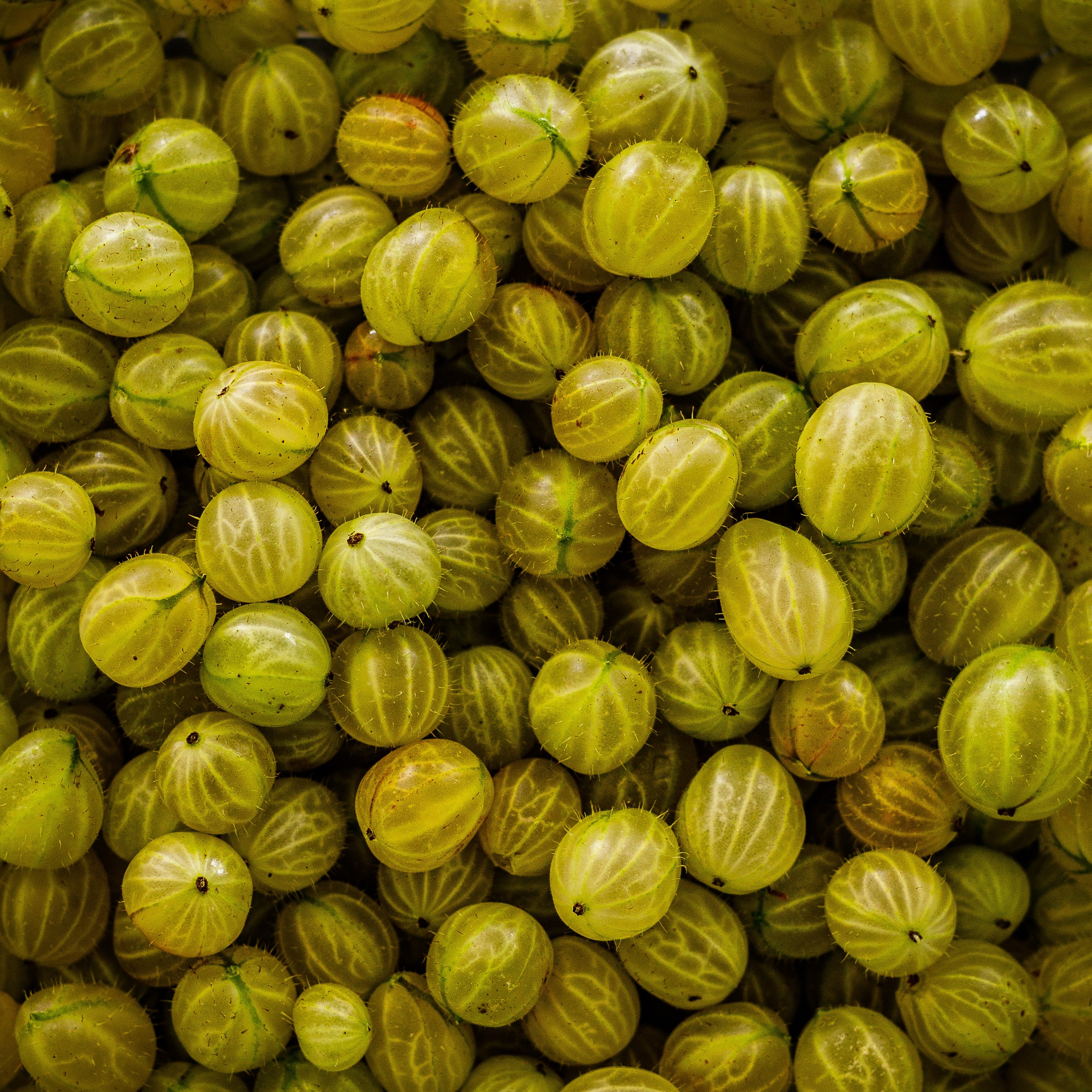
Introduction
Gooseberries are versatile and delicious fruits that can be grown successfully in the United Kingdom. With their tart flavor and abundance of culinary uses, gooseberries are a fantastic addition to any garden. In this comprehensive guide, we will walk you through the process of growing gooseberries, from selecting the right varieties to caring for your bushes and harvesting their flavorful fruits. Let's get started!
Choosing the Right Variety
When it comes to gooseberries, there are several varieties suitable for the UK climate. Here are some popular choices:
- 'Invicta': A popular variety known for its disease resistance and high yield of green fruits.
- 'Hinnonmaki Red': This variety produces red fruits with a sweet and tangy flavor, perfect for eating fresh.
- 'Careless': A thornless variety that is easy to pick and yields large, greenish-yellow fruits.
- 'Whinhams Industry': A traditional variety with a tart flavor, ideal for cooking and preserving.
Sowing and Planting
Gooseberries can be propagated from cuttings or purchased as young bushes. Follow these steps to plant your gooseberry bushes:
- Choose a suitable location: Gooseberries prefer a sunny or partially shaded spot in your garden with well-drained soil.
- Prepare the soil: Incorporate organic matter into the soil to improve its fertility and drainage.
- Planting spacing: Space gooseberry bushes at least 3-4 feet apart to allow for air circulation and ease of harvesting.
- Planting depth: Dig a hole slightly larger than the root ball of the bush. Position the bush so that the soil level matches the original planting depth.
- Backfill the hole with soil, firming it gently around the roots. Water thoroughly.
Growing
To ensure healthy growth and a bountiful harvest of gooseberries, consider the following tips:
- Sunlight: Gooseberries thrive in full sun to partial shade, so ensure they receive at least 6-8 hours of direct sunlight each day.
- Watering: Provide regular watering, especially during dry periods. Gooseberries prefer consistently moist soil, but avoid overwatering to prevent root rot.
- Soil conditions: Gooseberries prefer well-drained soil with a pH between 6 and 6.5. Amend the soil with organic matter if necessary.
- Fertilizing: Apply a balanced fertilizer formulated for fruit bushes in early spring and again in early summer. Follow the recommended application rates provided by the manufacturer.
- Pruning: Prune gooseberry bushes during the dormant season (late autumn to early spring) to remove dead or crossing branches and maintain an open center structure.
- Pest control: Monitor your gooseberry bushes for common pests such as gooseberry sawfly or aphids. Use organic or chemical controls as necessary.
Harvesting
Gooseberries are typically ready to harvest in early to mid-summer. Here's how to know when they are ripe:
- Color change: Look for gooseberries that have developed their characteristic color. Green varieties should be fully green, while red or yellow varieties will show their respective hues.
- Firmness: Gently squeeze the gooseberries. They should feel slightly firm but not too hard or too soft.
- Taste test: Sample a few gooseberries to assess their flavor. Gooseberries can be harvested when they are still tart for cooking purposes or left to ripen for a sweeter taste if desired.
- Harvesting technique: Twist the gooseberries gently, giving them a slight upward lift to detach them from the bush. Alternatively, use scissors or pruning shears to cut the fruits, leaving a short stem attached.
Plant Care
Proper care is essential for the health and productivity of gooseberry bushes. Consider the following practices:
- Winter protection: In colder regions, protect young gooseberry bushes from frost and freezing temperatures by mulching the base and covering with fleece or straw.
- Thinning fruit: If your gooseberry bush produces an abundance of fruits, thin them out when they are small to ensure better fruit size and quality.
- Pruning: Prune gooseberry bushes during the dormant season to maintain shape, remove dead or crowded branches, and promote airflow.
Storing and Using
Once you've harvested your gooseberries, here are some tips for storage and usage:
- Fresh use: Gooseberries are best enjoyed fresh when they are fully ripe. Store them in the refrigerator and consume them within a few days.
- Preserving: If you have an abundance of gooseberries, consider preserving them by making jams, jellies, or pies. Gooseberries can also be frozen for longer-term storage.
- Culinary uses: Gooseberries are versatile and can be used in various sweet and savory dishes, including sauces, crumbles, tarts, and even savory chutneys.
Common Problems
While growing gooseberries, you may encounter some common issues:
- Gooseberry mildew: This fungal disease can cause a powdery white coating on the leaves. Ensure good airflow around the bushes and remove any affected foliage.
- Gooseberry sawfly: The larvae of this pest can defoliate gooseberry bushes. Handpick or use organic insecticides to control them.
- Uneven ripening: Some gooseberry varieties may have fruits that ripen unevenly. Harvest the ripe fruits and leave the others to mature further.
Conclusion
Growing gooseberries in the United Kingdom allows you to enjoy the tangy flavors and culinary versatility of this wonderful fruit. By selecting the right varieties, providing proper care, and addressing common challenges, you can cultivate healthy gooseberry bushes that bear abundant harvests. Whether you use them in jams, pies, or enjoy them fresh, gooseberries will surely add a delightful touch to your garden and kitchen. Happy gooseberry growing!